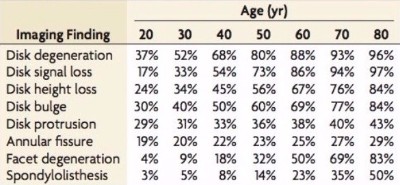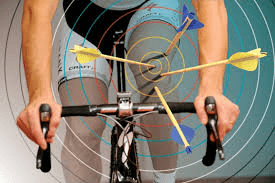|
There are many reasons why we can develop knee pain. Pain experienced in the front of the knee is a common problem. People may recall a specific incident that brought on their knee symptoms, or their pain may have developed gradually for no apparent reason. Actual damage in the knee is not necessary to experience pain, sometimes the potential for damage is enough to experience pain.
There can be aggravating activities, which often include climbing stairs, squatting, running, twisting, jumping and kneeling. There is no cookie cutter recipe for the management of knee pain, treatment varies depending on the diagnosis. Your physiotherapist will perform a thorough assessment to determine the correct diagnosis and administer specific hands on treatment and rehab/prehab exercises.She will then work with your goals and preferred activities, to get you back to a symptom-free knee and enjoying daily life. #sportsphysio #newfarmphysio #physiotherapy #sportsmassage#musculoskeletal #myomotion #kneepain The majority of people who experience “tennis elbow” don’t actually play tennis.
Tennis elbow is a condition where a tendon attachment at the elbow becomes injured due to a change in load or activity that the tendon is unaccustomed to eg: using a mattock, screwdriver or crow bar etc. Aggravating activities usually include gripping, shaking hands, picking up a cup or water bottle, wrapping too many presents, turning taps etc. Many times, people cannot even recall any activity that resulted in the onset of their symptoms. There are a myriad of treatment options available for tennis elbow ranging from PRP (platelet rich plasma) and cortisone injections, shockwave therapy, dry needling, bracing, manual therapy and exercise therapy. Unfortunately, there is no such thing as a “quick fix”. Credible scientific research shows no evidence to support the use of shockwave therapy, dry needling or injections. Some people experience immediate, short term relief following a cortisone injection however, over time, they are often worse off than those that have received no treatment at all. Solid evidence supports the use of manual and exercise therapy for pain relief and conditioning of the tendon to be able to cope with daily activities. Your physiotherapist can evaluate your elbow symptoms to determine if the diagnosis is actually tennis elbow or pain resulting from another condition. Home exercise programs are not recipe based and need to be prescribed based on the severity/irritability of your condition and life/sporting/work goals.  When your low back is sore and it doesn't seem to get better, it's easy to feel like there must be something structurally wrong "in there". The evidence, however, tells us that this is not usually the case. Most often, there isn't a strong link between pain and structural damage. Many times people with chronic pain have very similar MRI findings to those with no pain. For example (see graph) more than half of *pain free* people in their 40s are likely to have a bulging spinal disc, but NO PAIN! Chronic pain is a more complex interaction between the brain, nervous system and body. These pain processes occur outside of your awareness and often outside of your control. But you can take control back. Talk to us about learning to trust your back again. Make an appointment at Myo Motion and learn how to calm down your pain with manual therapy and retrain your brain and nervous system with new movement and thought processes. There is hope for chronic back pain! MRI FINDINGS IN *PAIN FREE* SUBJECTS Active Therapy? A fundamental principle of physio and myotherapy at Myo Motion, is the idea that the human body was built to move. One of our primary goals is to help patients in regaining or improving their ability to move well and without pain. This may be helping a football player rehabilitate after knee surgery or teaching an elderly patient to negotiate daily activities like walking and climbing stairs with strength and stability. This involves the retraining of muscles, tendons, and nerves to build up strength, endurance, and coordination. And how is this done? Through exercise! Of course we also use passive therapies like massage, joint mobilisations, dry needling and other manual soft tissue techniques, but one our primary goals is to help you to "MOVE IT MOVE IT!" |
AuthorEvidence based advice on Physiotherapy, Massage and Myotherapy. Archives
June 2017
Categories
All
|



 RSS Feed
RSS Feed
